Minister’s statement on the 10-year anniversary of the Mount Polley dam breach
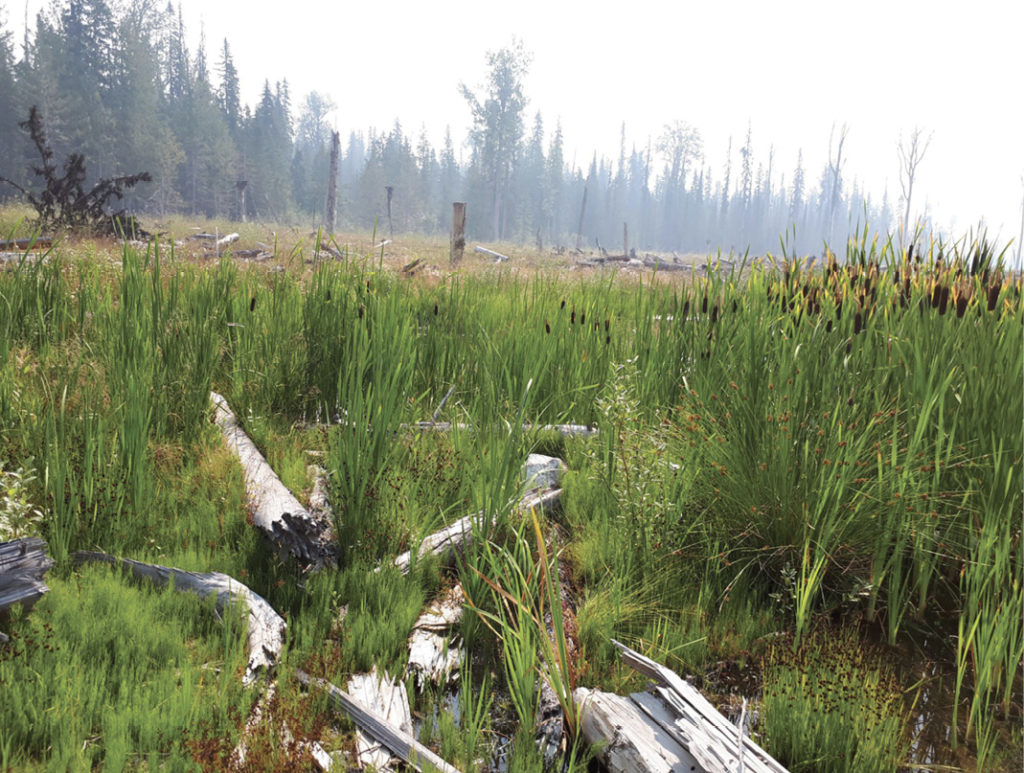
Ten years ago, the Mount Polley mine tailings dam breached, releasing 25 million cubic metres of mine tailings and wastewater into Polley Lake, Quesnel Lake and Hazeltine Creek. This catastrophic event left an indelible mark on a fragile local environment and on the mining industry. Since that time, our government has taken significant steps to ensure the company responsible continues restoring and monitoring the impacted areas, and we have reformed B.C.’s regulations to establish the highest safety and environmental standards.
These changes include bringing B.C.’s regulatory framework for tailings storage facilities to the highest standard; creating a Chief Auditor role and a Mines Audit Unit to continuously evaluate our regulatory framework; establishing a monetary penalties regulation to improve compliance; launching a Mines Investigation Unit; and improving our financial securities collection track record from 40% to 90%.
An Auditor General’s report following the disaster was clear that B.C. had allowed a regulatory framework to exist that did not adequately protect the environment or people. Economic development cannot happen without responsible management of industry, and we must maintain a world-class regulatory system to bring peace of mind to the mining sector and British Columbians.
Today, the management and operation of tailing storage facilities (TSFs) in B.C. must conform to one of the most stringent TSF regulatory frameworks in the world. We have significantly reduced potential safety, health, environmental, and business risks associated with TSFs.
Mining can only be successful if there is trust that the sector will be responsible stewards of the land, and incidents like Mount Polley cast a long shadow. Working with the sector and with First Nations’ partners, including the Xatśūll First Nation and Williams Lake First Nation, we have developed rigorous rules to ensure that people can have faith in mining across the province, and we will continue to take actions to strengthen regulations and oversight of the industry. I am grateful to all who have supported building a better industry, including local First Nations, and I am pleased to share these words from Williams Lake First Nation (WLFN) and Xatśūll First Nation:
“The failure of the Mount Polley tailings dam had catastrophic impacts on a critical watershed within our traditional territory. The breach punctuated the need for significant regulatory reform and for greater involvement of First Nations in the oversight of mining operations in B.C. Since 2014, Williams Lake First Nation has worked collaboratively with B.C., and we are encouraged to see that there has been significant improvement in the regulatory framework and a commitment to more responsible management of the mining industry in this province. We have also seized the opportunity to work collaboratively with the operator of the mine to ensure that the impacts of the breach are remediated as fully as possible. We are encouraged by the positive developments over the last 10 years and remain committed to doing everything within our power to prevent an incident like this from occurring in the future,” said WLFN Kukpi7 Chief Willie Sellars.
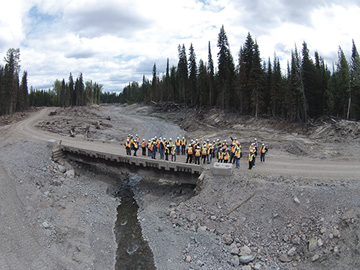
“On the 10th anniversary of the Mount Polley tailings breach, Xatśūll First Nation highlights the continuing and ongoing harms the disaster has inflicted on our community to this very day, particularly affecting water quality, fish habitats, traditional land use, and severe impacts to our Aboriginal Title and Rights, culture, and way of life. While we recognize the provincial government’s efforts to strengthen regulatory frameworks since the breach, more work remains, including advancing the implementation of the United Nations Declaration on the Rights of Indigenous Peoples in Xatśūll Territory. We express a strong interest in continued collaboration with the government to address outstanding environmental assessment, regulatory, and enforcement gaps to ensure the protection of our lands and cultural heritage in the face of continuous proposed industrial development. Furthermore, we underscore the need for additional reforms and stress the importance of moving toward consent or joint decision-making with the province in relation to mining in Xatśūll Territory, including in relation to any proposed expansion of the Mount Polley mine site,” said Xatśūll First Nation Chief Rhonda Phillips.
For many people, that day 10 years ago, is hard to forget. I am heartened by the certainty that this government remains steadfast in our commitment to continue to strengthen mining regulations, ensure diligent oversight of all regulated mining practices, and maintain — and improve — our world-leading mining regulation standards.
Honourable Josie Osborne is British Columbia’s minister of energy, mines, and low-carbon innovation.
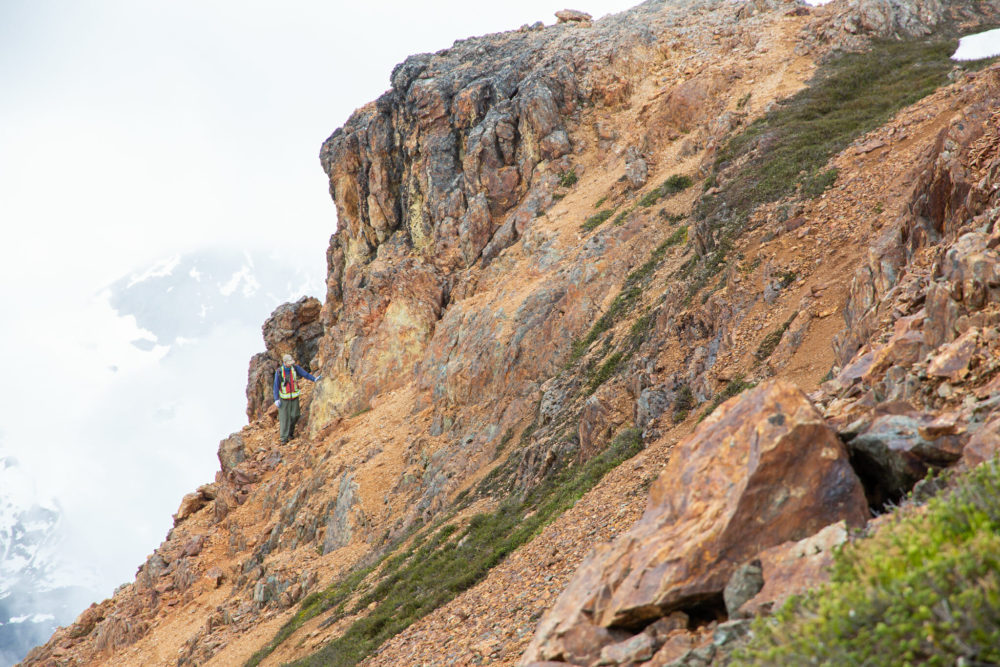
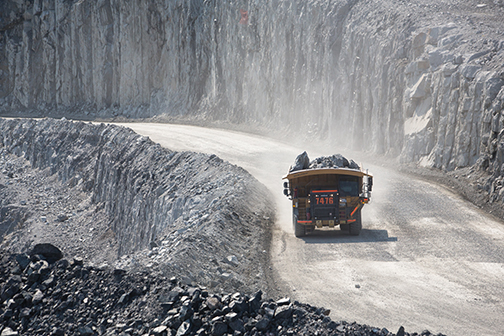


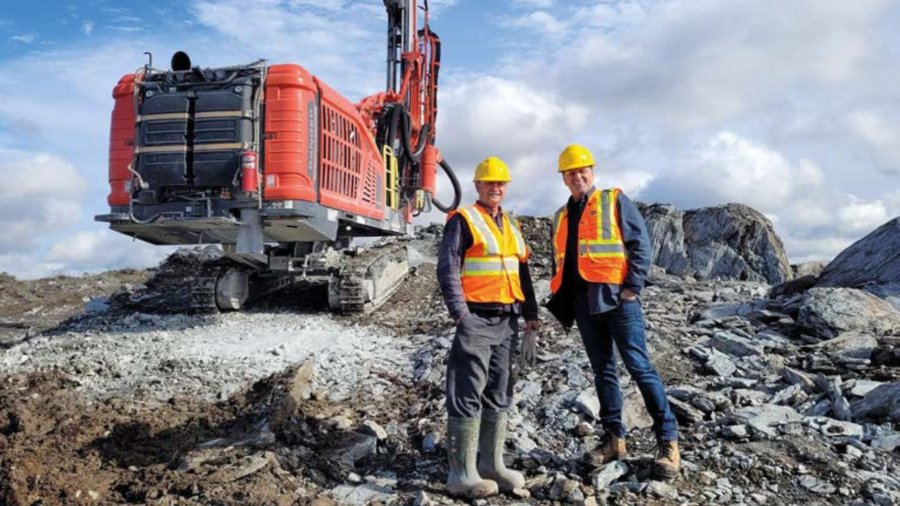
Comments